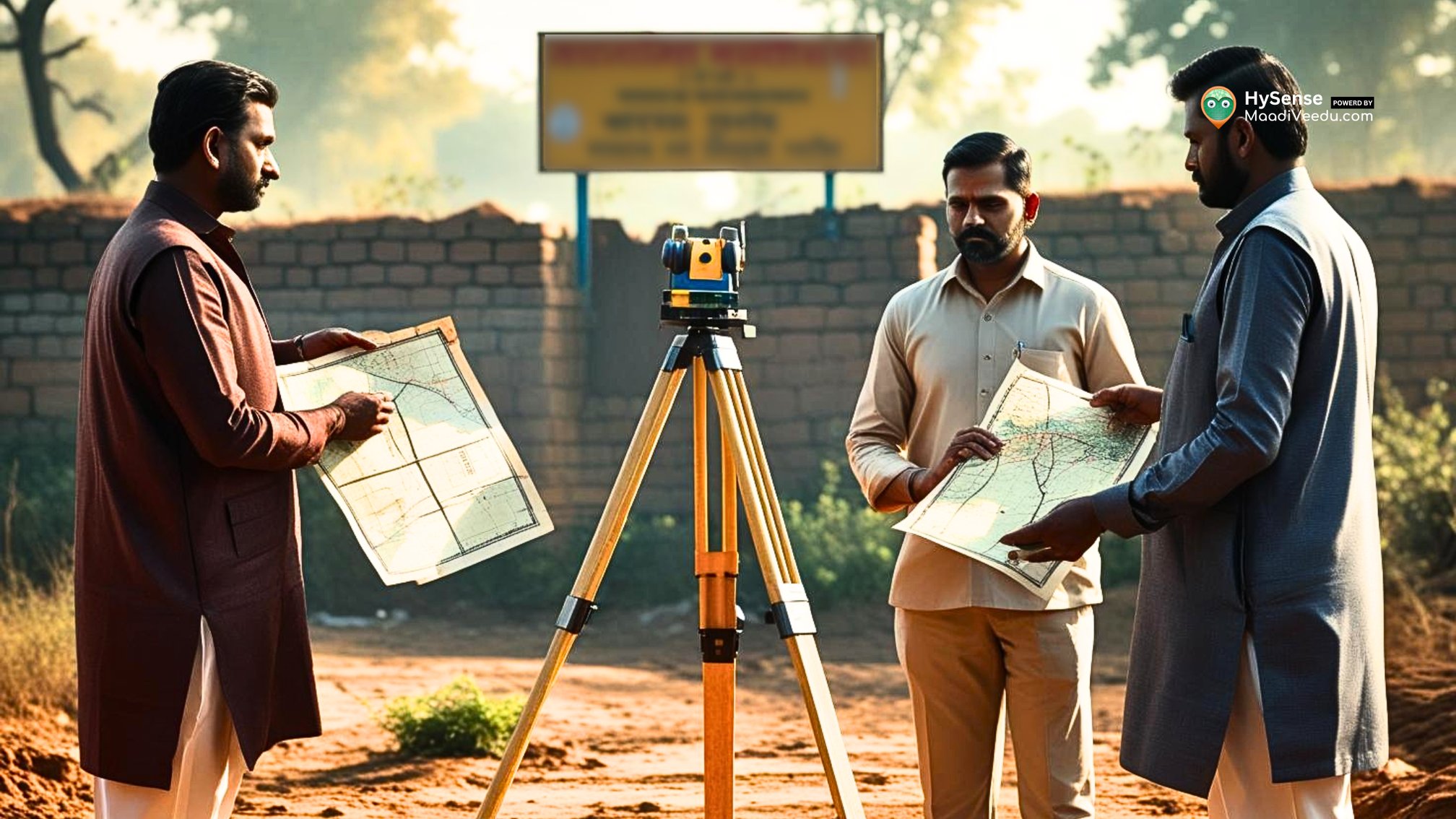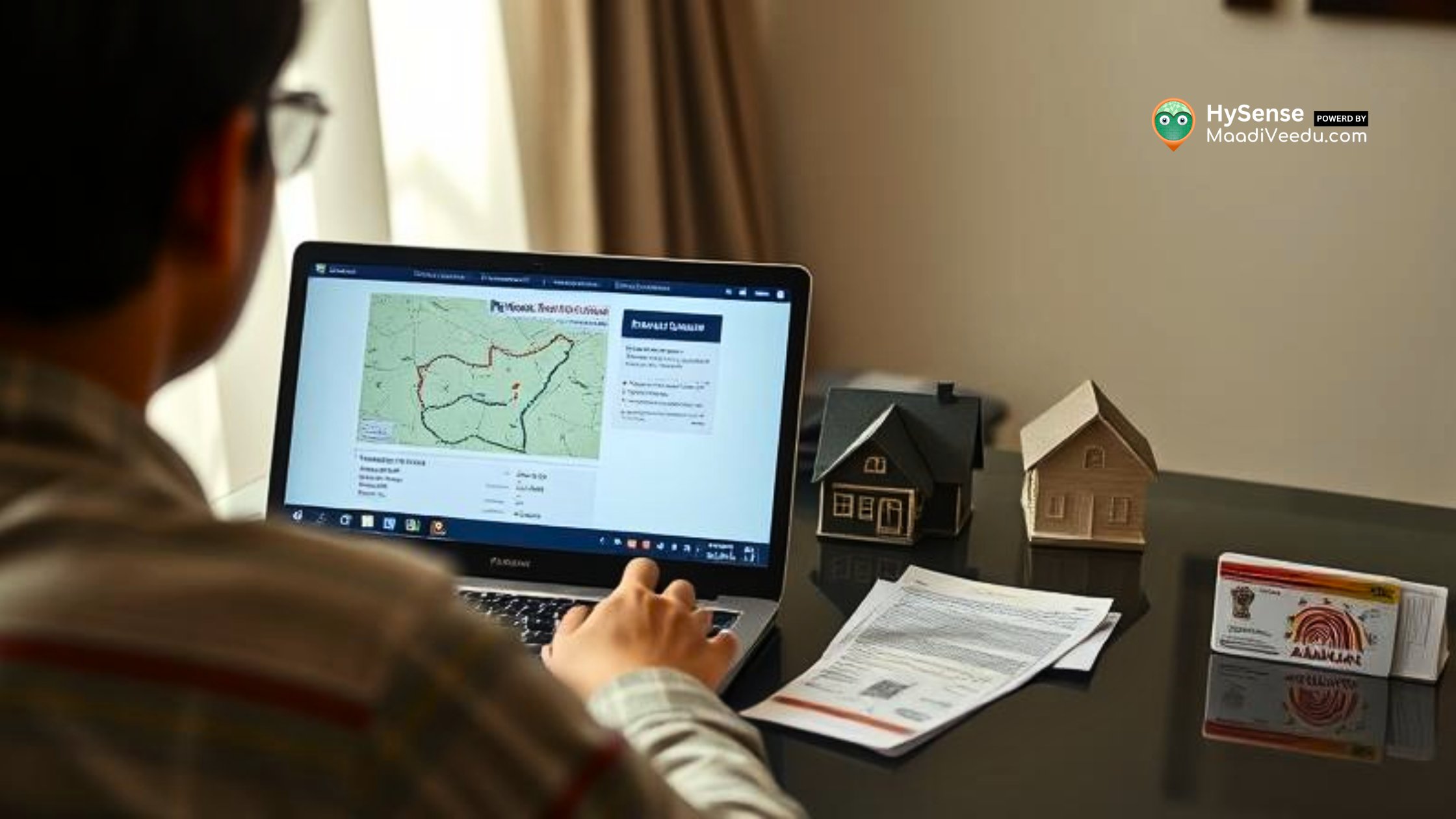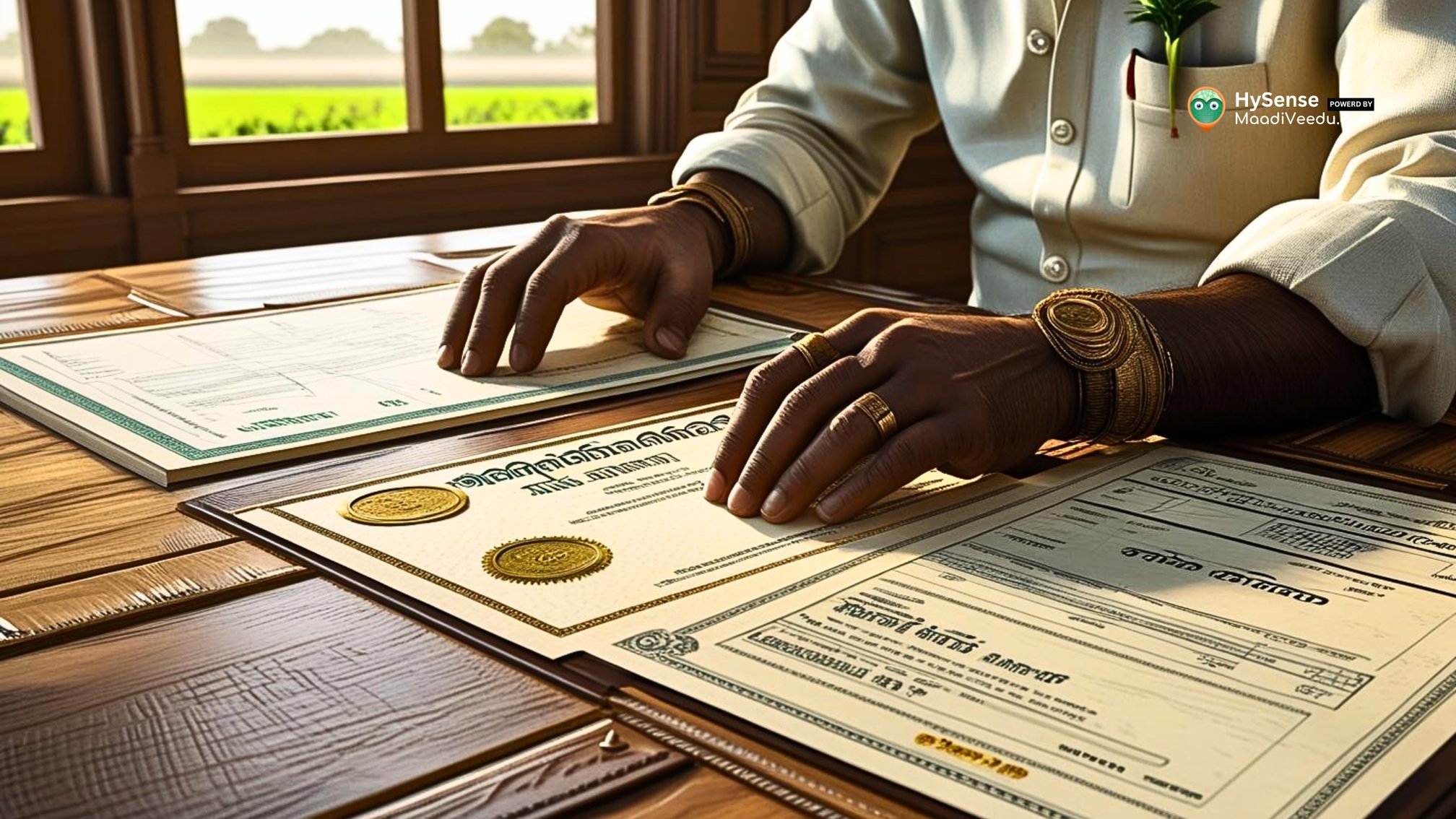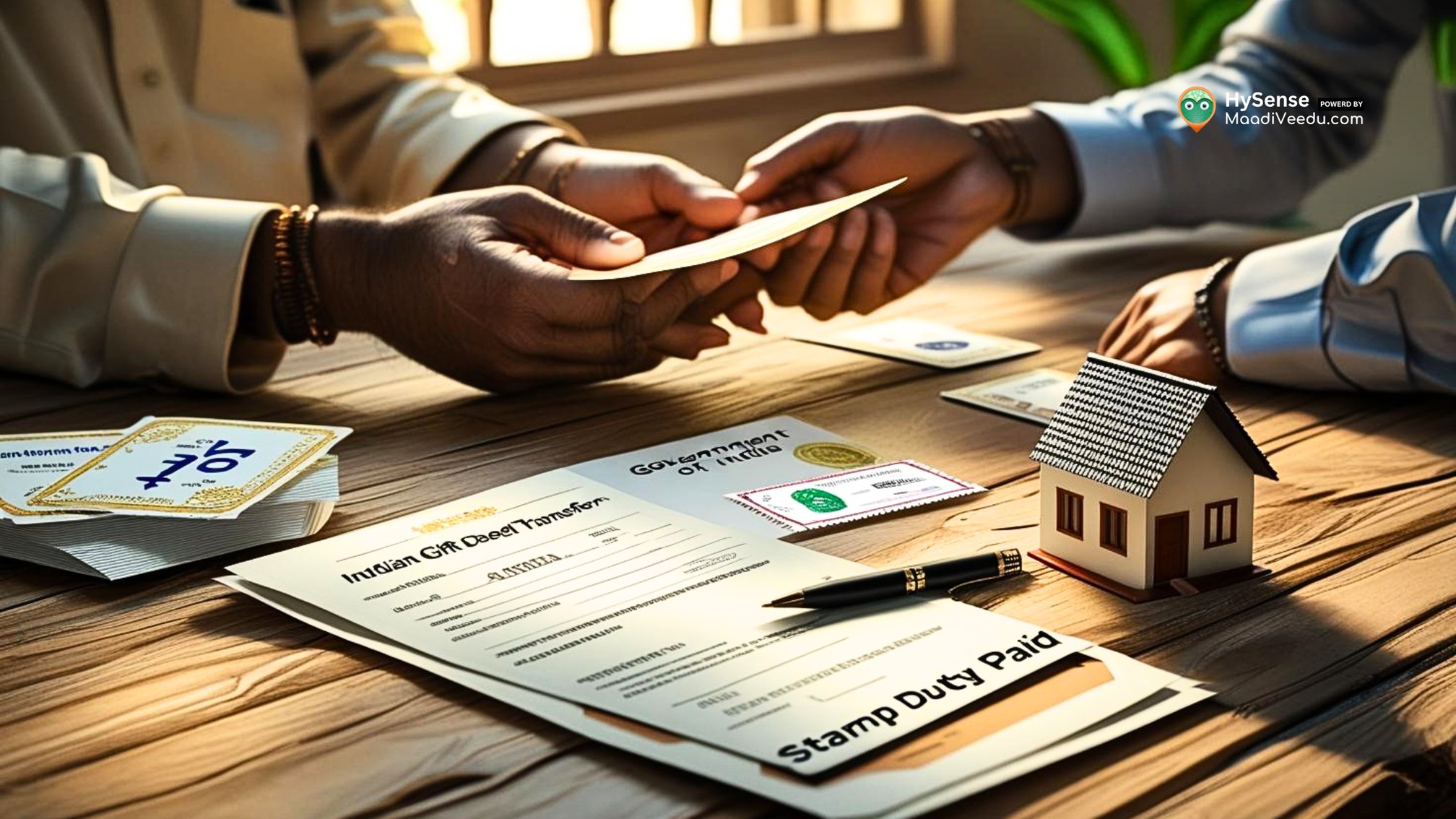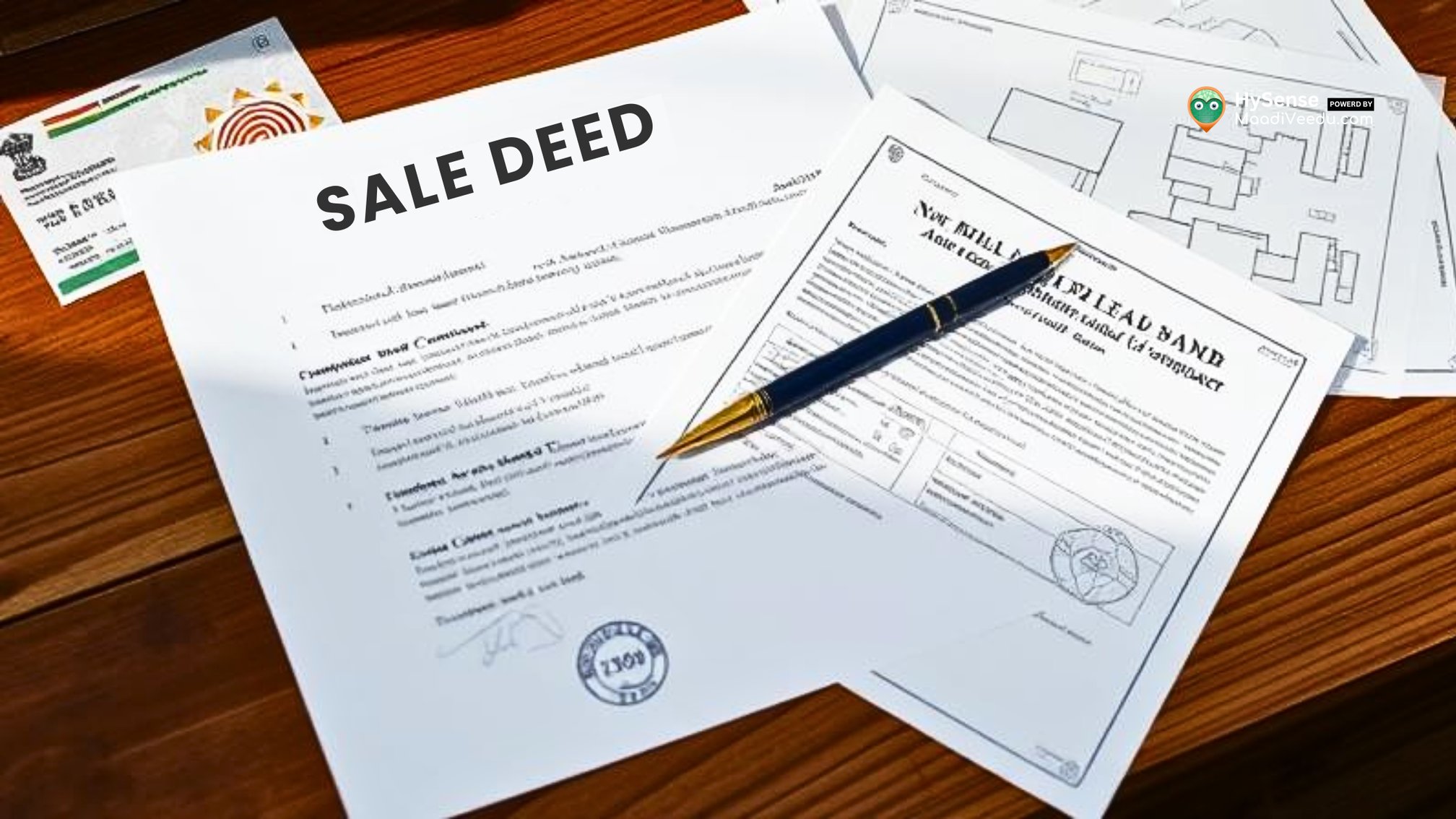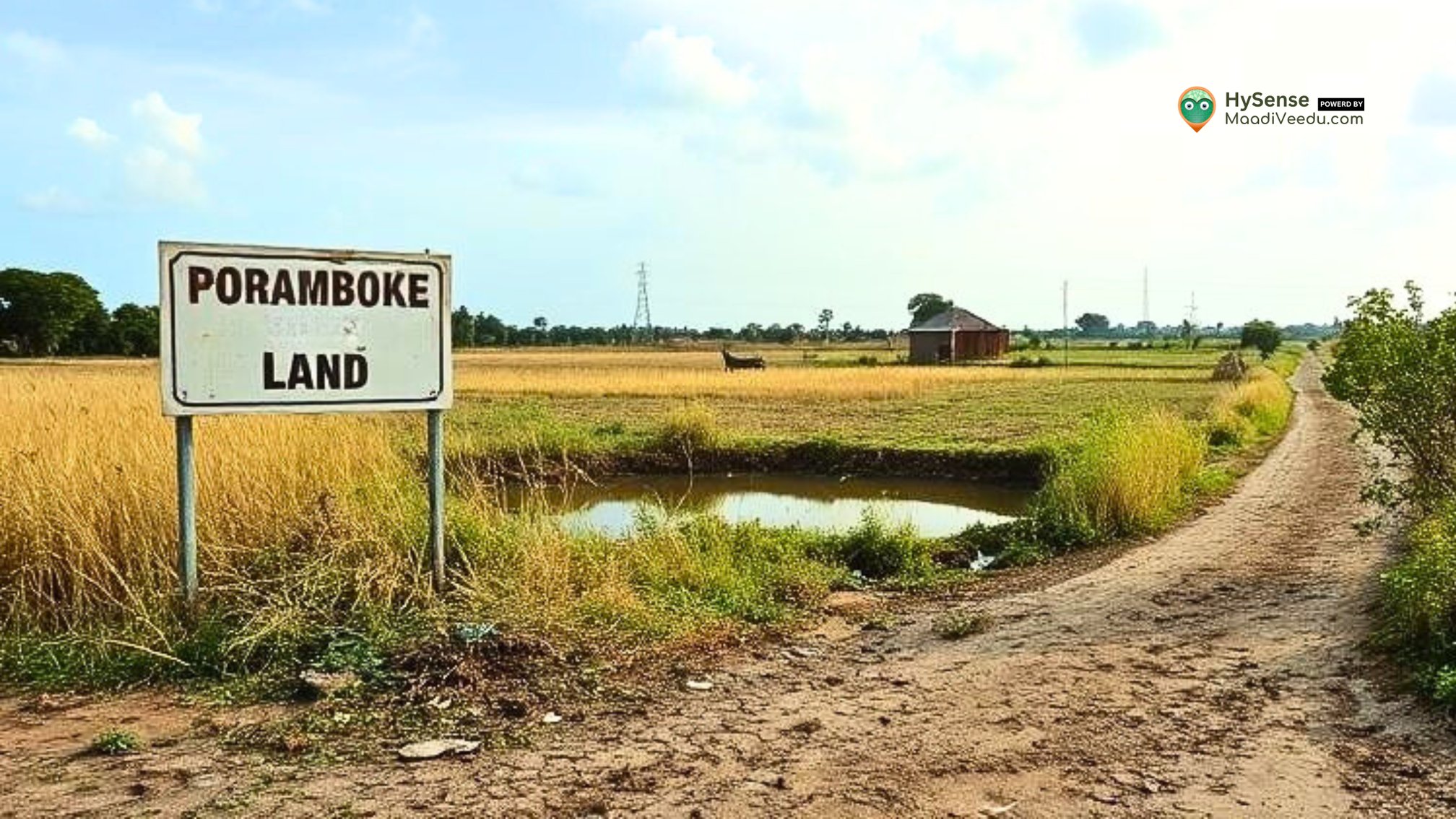4 Simple Steps for - Preparing a Sale Deed - A Complete Guide
Learn the simple, step-by-step process to prepare a Sale Deed and secure your property transaction. Make your home ownership dreams come true with ease!

Table of Contents
A Sale Deed is a legal document that confirms the transfer of property ownership from the seller to the buyer. It is one of the most crucial documents in a property transaction. Without this document, the transfer of ownership is not legally recognized.
Let’s go through the complete process of preparing a Sale Deed, step by step, to ensure a smooth property transaction.
What is a Sale Deed - Why It’s Important
A Sale Deed is the official document that records the transfer of ownership of property. It includes:
- Names and addresses of the buyer and seller
- Description of the property (size, boundaries, location)
- Sale price agreed between the buyer and seller
- Terms and conditions of the sale
Once the Sale Deed is signed and registered, the property’s ownership is officially transferred to the buyer.
Steps to Prepare a Sale Deed - Simple Process Explained
Step 1: Verify the Property’s Ownership
Before drafting the Sale Deed, the first task is to ensure that the seller is the legal owner of the property. This can be done by checking the following documents:
- Title Deed: Proves that the seller is the rightful owner of the property.
- Encumbrance Certificate: Confirms the property is free from legal disputes or loans.
- Previous Sale Deeds: Shows the chain of ownership.
- Property Tax Receipts: Ensures that all taxes are paid.
- Utility Bills: Confirms there are no outstanding utility bills.
Once you verify these documents, you can move forward with drafting the Sale Deed.
Step 2: Drafting the Sale Deed
After confirming ownership, the next step is to draft the Sale Deed. The key information that should be included in the Sale Deed is:
- Buyer and Seller Details: Full names, addresses, and identity proofs of both parties. In India, Aadhaar card or voter ID is commonly used for identification.
- Property Details: A clear description of the property, including the plot number, boundaries, and location. Ensure it matches the details in the previous documents.
- Sale Price: The total agreed amount for the property.
- Payment Terms: Mention whether the payment will be made in full or in installments.
- Transfer of Ownership: A clause stating that once the full payment is made, the property will legally belong to the buyer.
- Seller’s Warranties: The seller should confirm that the property is free from any legal disputes or encumbrances.
It’s always a good idea to consult a property lawyer to draft the Sale Deed to ensure it is legally correct.
Step 3: Pay Stamp Duty - Mandatory for Legal Validity
In India, the Sale Deed must be stamped to be legally valid. The buyer usually pays the stamp duty, which is a tax imposed by the government. The rate of stamp duty varies by state, but it is typically between 5-7% of the property’s value.
Without paying stamp duty, the Sale Deed cannot be registered, and the property transaction will not be legally recognized.
Step 4: Register the Sale Deed - Make it Official
The final step is to register the Sale Deed at the local Sub-Registrar’s office. Registration is necessary to make the Sale Deed legally binding.
To register the Sale Deed, both the buyer and seller need to:
- Go to the Sub-Registrar’s office with two witnesses.
- Bring the Sale Deed (with stamp duty paid).
- Submit Identity Proofs for both the buyer and seller (Aadhaar card, Voter ID, etc.).
- Provide the Encumbrance Certificate and Receipt for Stamp Duty payment.
Once the Sale Deed is registered, the buyer officially becomes the owner of the property, and the transaction is complete.
Things to Remember - Avoid Common Mistakes
1. Verify Property Ownership
Before proceeding, always verify that the seller is the legal owner of the property. This will save you from future legal disputes. Ensure the Title Deed, Encumbrance Certificate, and other documents are in order.
2. Ensure Payment of Dues
Make sure the seller clears any outstanding property taxes or utility bills before the Sale Deed is signed. If there are any unpaid dues, the buyer may be responsible for them after the sale.
3. Consult a Lawyer
While you can draft the Sale Deed yourself, it is always recommended to consult a property lawyer to ensure everything is legally sound. A lawyer will help avoid any mistakes in the document that could cause problems later.
Final Thoughts
Preparing a Sale Deed is a crucial part of the property buying and selling process. By following these simple steps, you can ensure that the sale is legally valid and that you avoid common mistakes. Always verify the property’s documents, pay the stamp duty, and get the Sale Deed registered to make the transaction official.
The Sale Deed acts as proof of ownership, protecting both the buyer and seller. By doing everything correctly, you ensure that the property transaction is smooth and secure.
Stay connected and get inspired by following our journey for more updates, tips, and real estate insights – just a click away!

